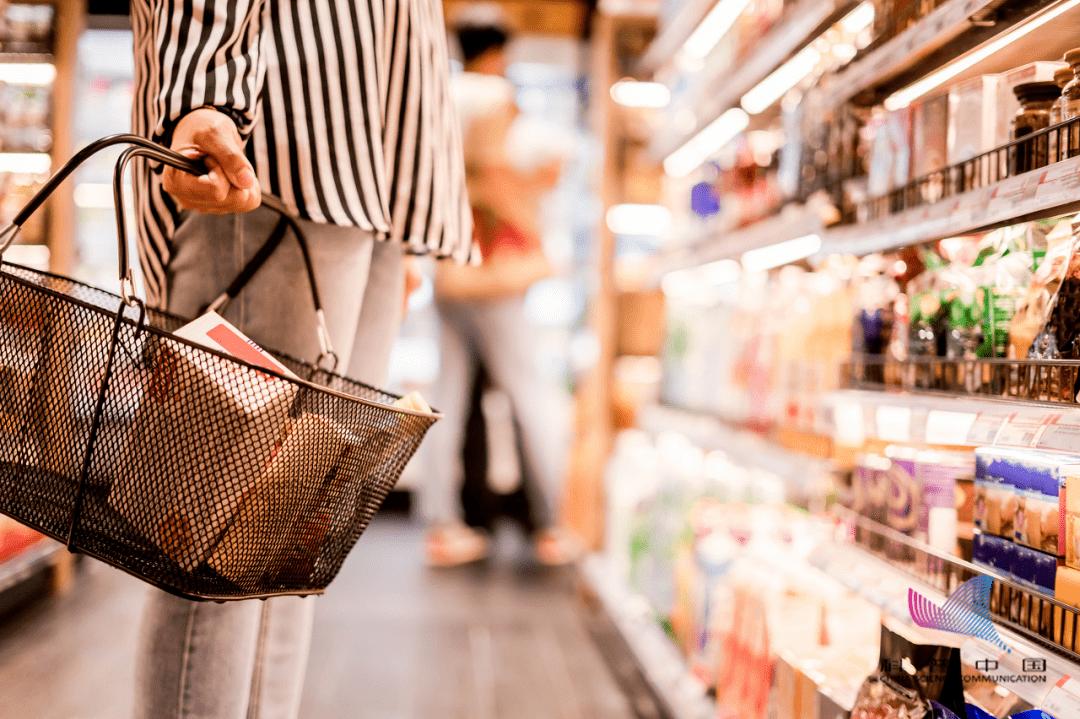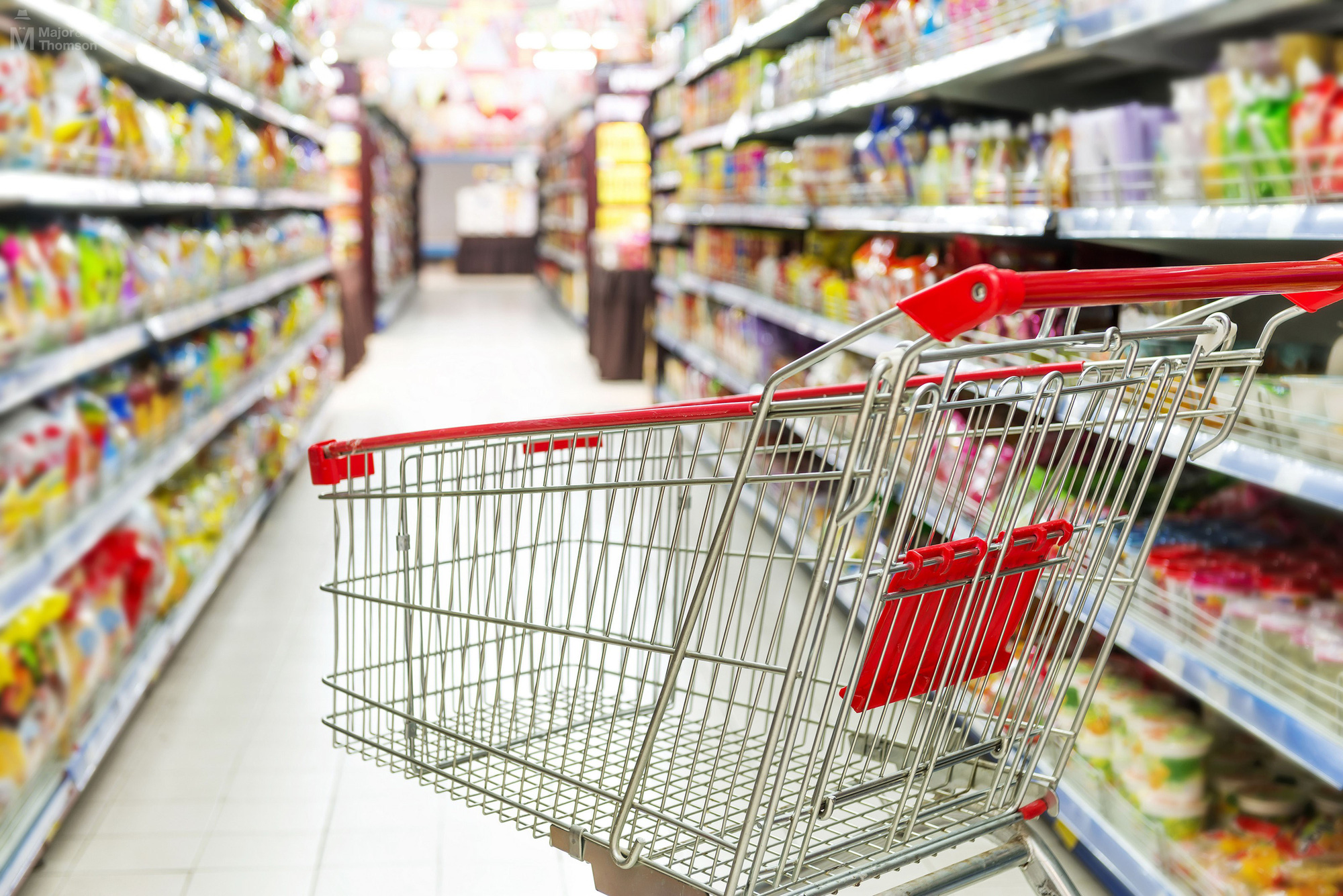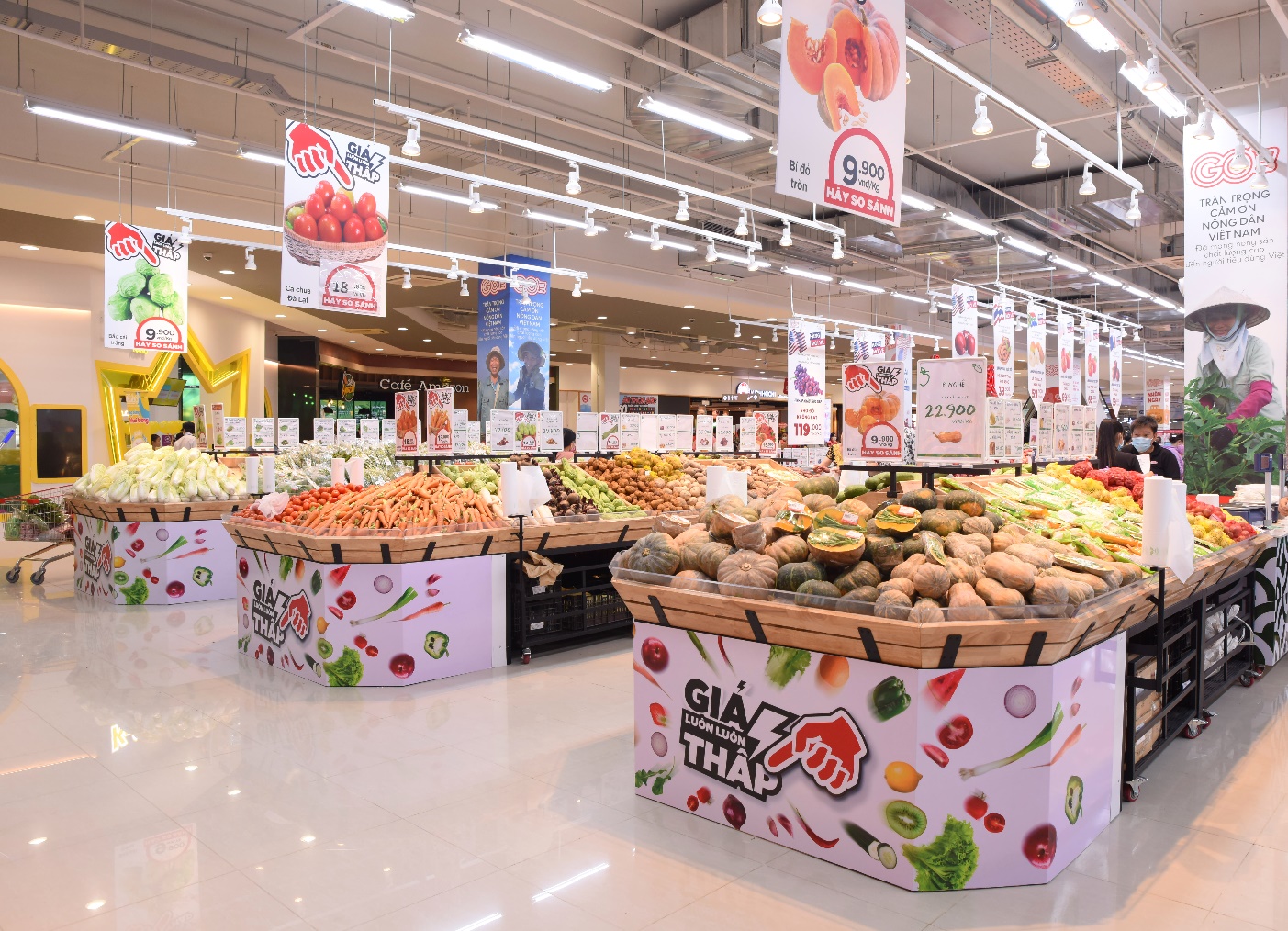Are you familiar with the scenario of intending to purchase a small selection of groceries at the supermarket, but ultimately leaving with a cart overflowing with items? This common experience often leads to the realization, upon arrival at home, that many of the food items purchased were already stocked in the refrigerator.
As a merchant, it is essential to explore various strategies to increase customer purchases. However, as a wise consumer, it is important to be aware of supermarket tactics designed to encourage additional spending. It is crucial not to allow these tactics to sway you from your budgeted expenses.

Beware of the Dangers of Hasty Judgements
Supermarket managers strategically position the most visually appealing and financially lucrative products at eye level to maximize customer visibility and sales potential.
According to research findings, it has been observed that individuals of taller stature face a potential disadvantage when shopping at supermarkets. Specifically, tall men tend to experience lower purchasing power in comparison to individuals of shorter stature. This phenomenon can be attributed to the fact that their line of sight is predominantly focused on the top shelf, which is often where the most desirable and reasonably priced items are positioned.
Be wary of snack food at the checkout counter
While waiting in line at the supermarket checkout counter, it is not uncommon to be tempted by a selection of carefully packaged and visually appealing snacks conveniently displayed. These products, frequently featured in TV commercials, magazines, or bus stations, may serve as an impulse purchase to alleviate boredom.
Tapping into the Shopping Urge with Larger Carts
In many supermarkets, you may have observed a deliberate choice in offering larger shopping carts compared to smaller ones. This strategic decision aims to tap into the psychological influence it has on consumers, encouraging them to fill their carts generously and consequently incentivizing more shopping.

“Lighting Tricks Give Food a Fresher Look With Special Lighting”
Supermarket salespeople are adept at utilizing colors to manipulate the shopping psychology of customers. Through strategic lighting techniques, they enhance the appearance of food items to make them appear fresher. For instance, red lights are often employed to highlight meat, green lights to showcase vegetables, and orange or yellow lights to accentuate fruits. It’s important to not be deceived by these lighting techniques when assessing the freshness of the food.
The Most Nutritious Fruits and Vegetables May Not Be the Most Attractive
Fruits and Vegetables: Quality vs. Appearance
In the world of produce, don’t be overly concerned about the external aesthetics of fruits and vegetables. Even if they exhibit minor imperfections, it is not uncommon for them to still possess exceptional taste and quality. For instance, an unattractive tomato can surprise you with its sweetness and rich flavor. Similarly, an apple with a minor blemish might actually be superior in taste. It is important to recognize that some fruits may appear flawless, but may have undergone certain techniques to enhance their visual appeal.
Tips for Choosing the Best Melons and Fruits

When shopping at the supermarket or browsing the produce section, it is advisable to opt for whole melons and fruits instead of pre-cut options such as watermelons, pumpkins, or sliced melons. This is due to the fact that pre-cut options can be repackaged after removing damaged portions, which compromises their overall quality. Moreover, pre-cut fruits and vegetables have a higher likelihood of spoilage once brought home.
“Keep Food Unattainable For Children”
Typically, freshly restocked dairy products are positioned in the innermost section, while the dairy products immediately visible are not necessarily the most recent.
Salespeople often position items in the outermost section of a store because it is a common habit among shoppers to gravitate towards these areas. This strategic placement ensures a higher turnover of goods and increased sales.
When making a purchase, it is important to take note of the production date.
“Realizing that Bigger Sizes Aren’t Always Better”
The Benefits of Buying Smaller Packaged Products
It is a common misconception that buying more is always better than buying less. In reality, the prices of many large-packaged products are actually more expensive than their smaller counterparts. This situation is particularly evident in snack foods such as drinks and fries.
Reasons to Opt for Smaller Packages:
- Cost efficiency: Smaller packages often offer better value for money as their prices are lower compared to larger versions of the same product.
- Reduced waste: Buying smaller packages can help in reducing waste as it prevents food and beverages from expiring or going stale before they can be consumed.
- Portion control: Smaller packages can promote better portion control, leading to healthier consumption habits and preventing overindulgence.
- Variety: Opting for smaller packages allows for trying a wider range of products without committing to a large quantity of a single item.
- Convenience: Smaller packages are often more convenient to carry and store, making them ideal for on-the-go or limited storage situations.
Next time you’re considering purchasing snacks or any other packaged products, remember that buying smaller can be a wiser choice both for your wallet and your consumption habits.
Supermarkets leverage the psychological concept known as the “halo effect” to offer affordable prices on vital everyday goods, including food and necessities, thereby fostering the perception among customers that shopping at the supermarket is cost-effective and encourages bulk purchases.
Benefits of Shopping for Fresh Groceries in the Morning

As per supermarket shopping regulations, it is common practice for most supermarket chains to restock fresh produce during late evening hours or early morning. This timeframe also applies to certain types of fresh fish, meat, seafood, and vegetables. To ensure the procurement of the freshest ingredients, it is recommended to visit the supermarket in the morning. However, it is advisable to avoid purchasing vegetables during night hours.
Banned Books: The Importance of Freedom of Expression
Books have a unique ability to transport readers to different worlds and expose them to new ideas. However, there are instances where certain books have been banned or restricted due to their content.
At Banned Book, we believe in the importance of freedom of expression and access to information. We believe that individuals should have the right to read and form their own opinions, even if they may challenge conventional beliefs or norms.
Our mission is to raise awareness about banned books and promote the freedom to read. We provide resources and information about banned books, including lists of frequently challenged books, historical cases of book bans and censorship, and information about organizations working to defend freedom of expression.
By advocating for the freedom to read, we hope to encourage dialogue, critical thinking, and a diverse range of perspectives. Join us in celebrating the power of literature and fighting against censorship.

































